Reasons for the decline of rare zebra civets
Cuc Phuong National Park in collaboration with Save Vietnam's Wildlife (SVW) has successfully mated and bred 10 Owston's civet pups at the Small Carnivore and Pangolin Conservation Program (CPCP).
This is considered the greatest success ever in the conservation of the Owston's civet species.
At the same time, this is also an important premise, bringing hope for the restoration of the wild civet population.
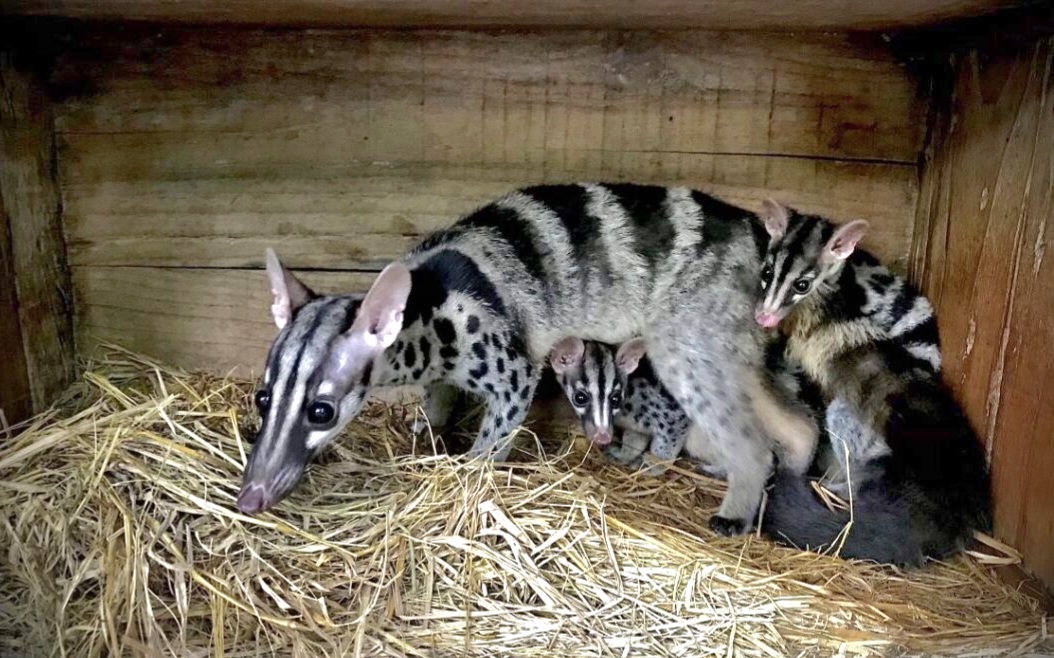
Rare Owston's civets are bred in captivity at Cuc Phuong National Park (Nho Quan district, Ninh Binh province). Photo: VQGCP issued
Owston's civets feed on earthworms, insects, and fallen fruit, so they are often caught in animal traps. In addition, the wild population of Owston's civets is severely depleted due to illegal trade for food and pets.
Therefore, the protection and restoration of Owston's civet has become an important priority in biodiversity conservation in Vietnam and around the world .
In 2019, the Wildlife Conservation Center in Vietnam coordinated with IUCN, the Forestry Department and domestic and foreign experts to organize a workshop and propose a conservation strategy for the Owston's Civet 2019-2029, marking the development of the world's first conservation strategy for this species.
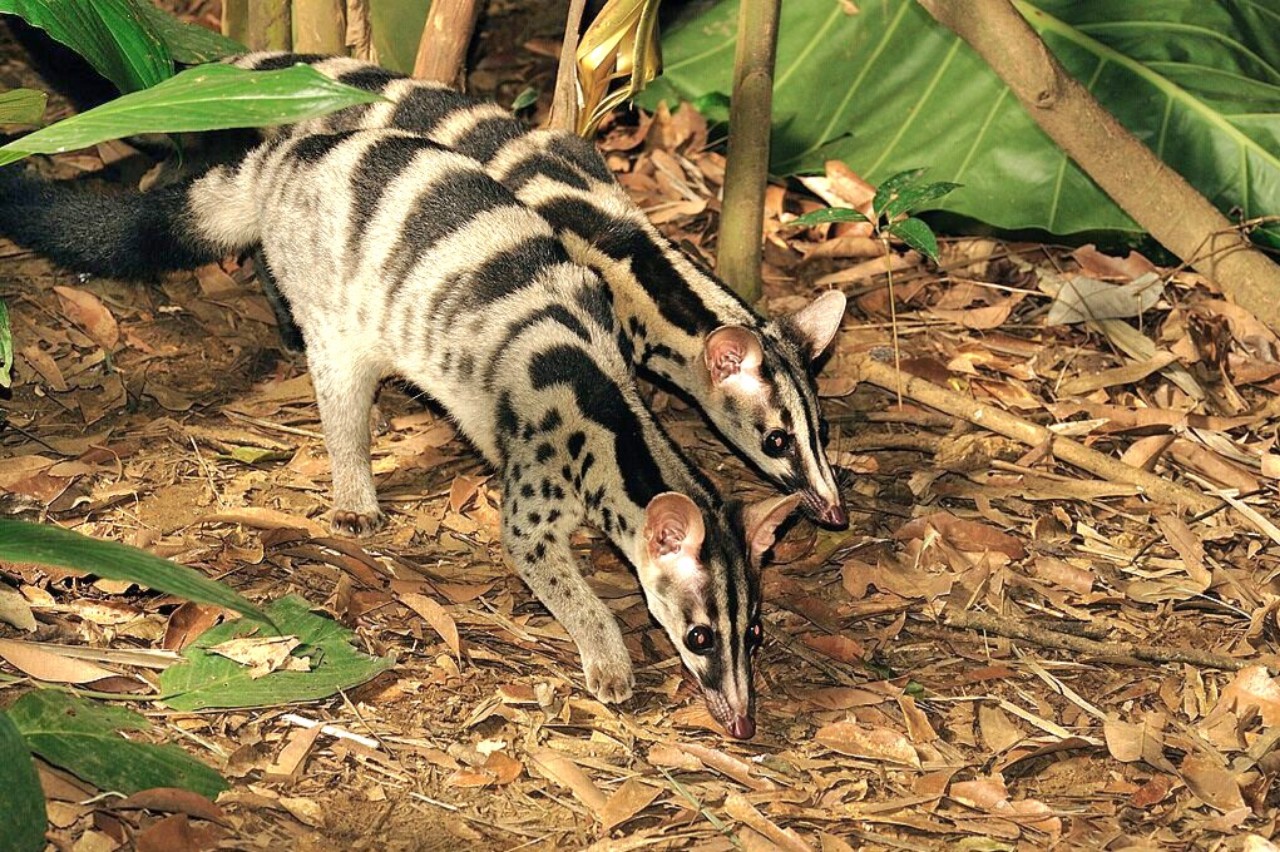
Close-up of two rare Owston's civets. Photo: VQGCP issued
The strategy sets a vision for 2050 and sets out four specific goals for the next 10 years, including the goal of "Building a healthy, genetically diverse ex-situ population; preventing the risk of extinction and providing animals qualified to restore the wild population".
Zebras are monitored via camera system.
To implement this goal, Cuc Phuong National Park has coordinated with the Vietnam Wildlife Conservation Center to start construction of a 1.3-hectare conservation breeding area for the Owston's civet in early 2023.
The goal is to successfully breed and maintain a stable population of at least 50 Owston's civets and begin repopulating them for release into the wild.
The Wildlife Conservation Center in Vietnam has invested in building and completing 350m of fence, 12 animal breeding cages, 1 biosafety house and renovating 200m2 of housing into a meeting room, office, warehouse and animal food processing area.
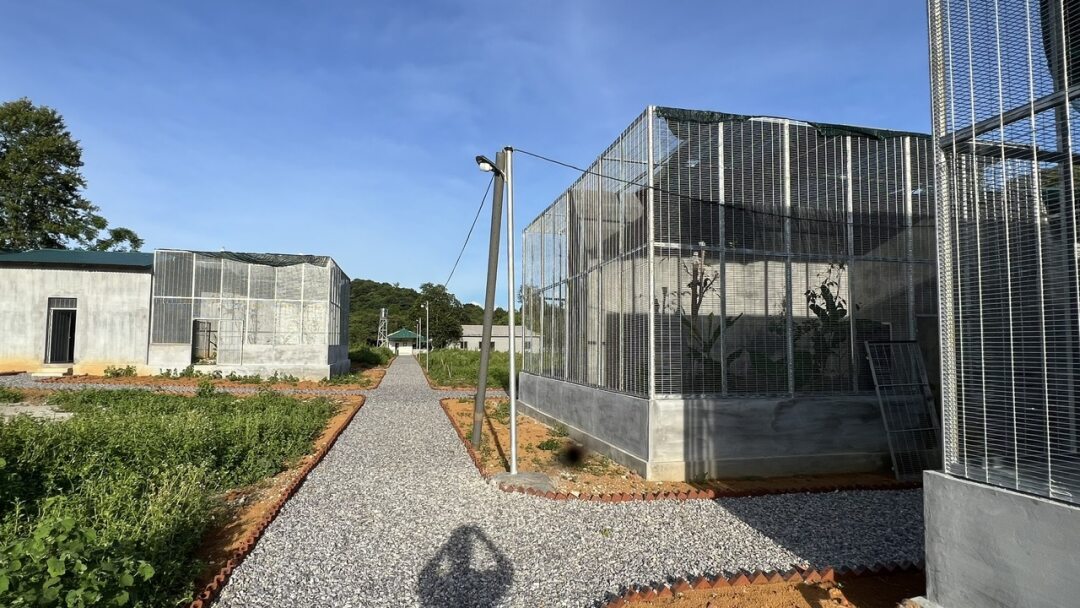
Breeding and conservation area of Owston's civet in Ninh Binh province. Photo: Granted by CPNP
At the end of 2023, 4 female and 8 male civets were brought into the breeding area for pairing and achieved unexpected results with 10 healthy and successful offspring.
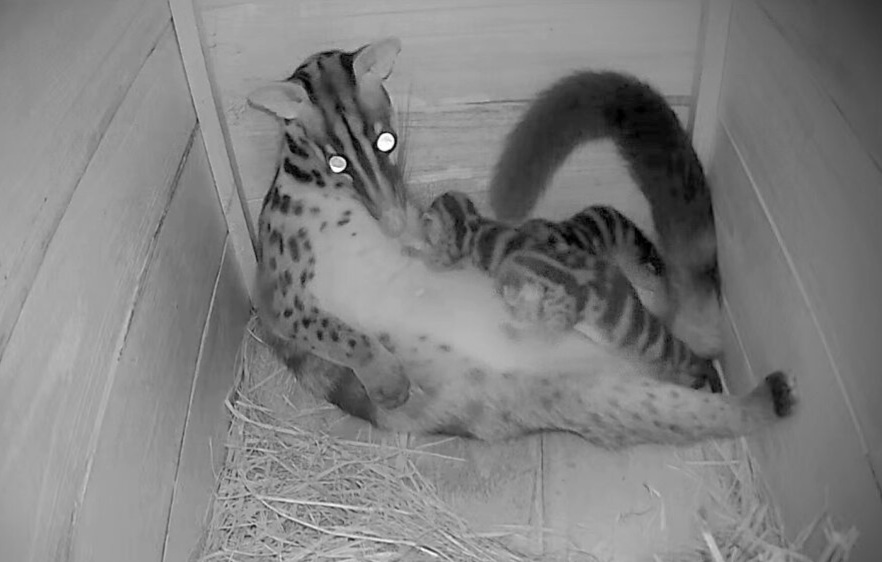
Camera records scene of civet family at night. Photo: VQGCP issued
Mr. Le Trong Dat - Deputy Director of the Center for Rescue, Conservation and Development of Creatures of Cuc Phuong National Park shared: "The successful reproduction of 10 baby civets from 4 mated pairs has demonstrated the right direction in building a separate area for species conservation and reproduction.
At the same time, this success also proves the experience, knowledge and professionalism of the team that created this miracle.
Regarding the management and care of individuals, Mr. Tran Van Truong - Coordinator of Ex-situ Conservation Activities at the Wildlife Conservation Center in Vietnam informed: "All Owston's civets, including young ones, are continuously monitored 24 hours a day via the camera system.
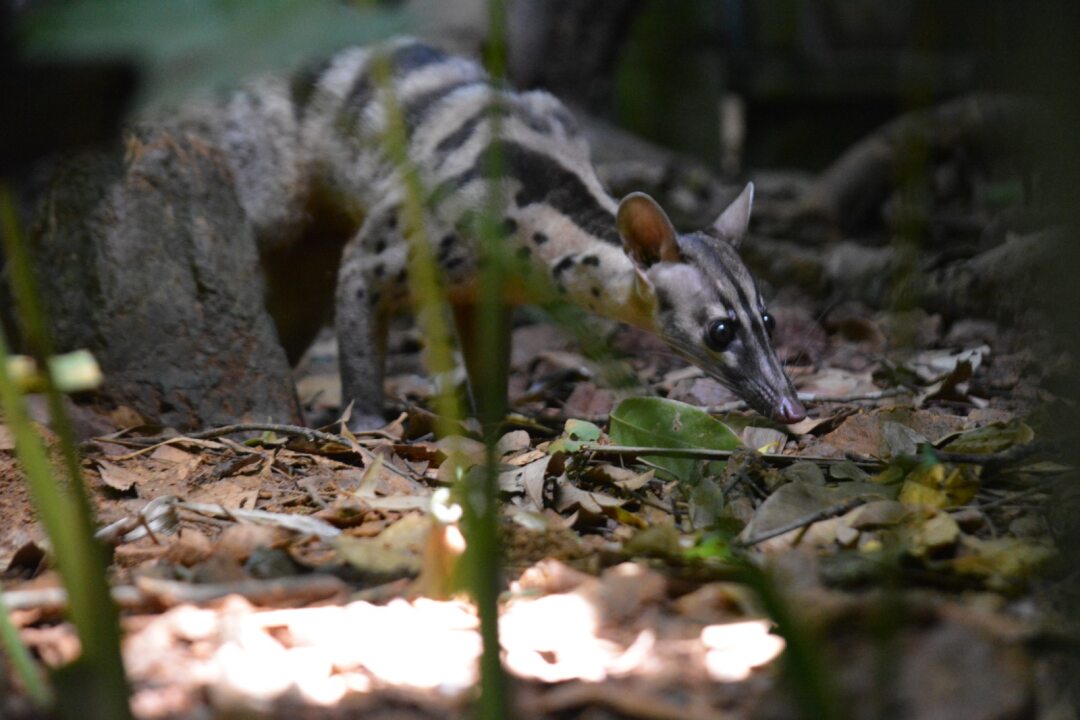
Owston's civet is one of the endangered wild animals in the IUCN Red List. Photo: VQGCP.
In addition, minimizing human impact on individuals is also one of our top priorities.
For Owston's civets, if the mother detects human interference with her young, she may bite her young or carry them away. For this reason, we always keep human contact with the animals to a minimum.
With the successes achieved, Cuc Phuong National Park will continue to coordinate with the Wildlife Conservation Center in Vietnam to strive to achieve the goals set out in the Owston's Civet Conservation Strategy 2019 - 2029 and hope that this will be a valuable lesson for conservation and reproduction activities, and the restoration of other species in Vietnam.
The Owston's Civet ( scientific name: Chrotogale owstoni) is a beautiful and ecologically valuable small carnivore, but extremely rare in the wild. The Owston's Civet is listed as endangered in the IUCN Red List in 2016, listed as a rare, precious and endangered species that is prioritized for protection and the IB list of Decree 84/2021/ND-CP. This is one of the species with the smallest distribution range in the small carnivore group in Asia; found only in Vietnam, the Lao People's Democratic Republic and a very small part in southern China.
Source: https://danviet.vn/cay-van-mot-loai-dong-vat-hoang-da-sinh-ha-thanh-cong-10-con-non-o-1-khu-rung-phia-ninh-binh-20240618144036748.htm










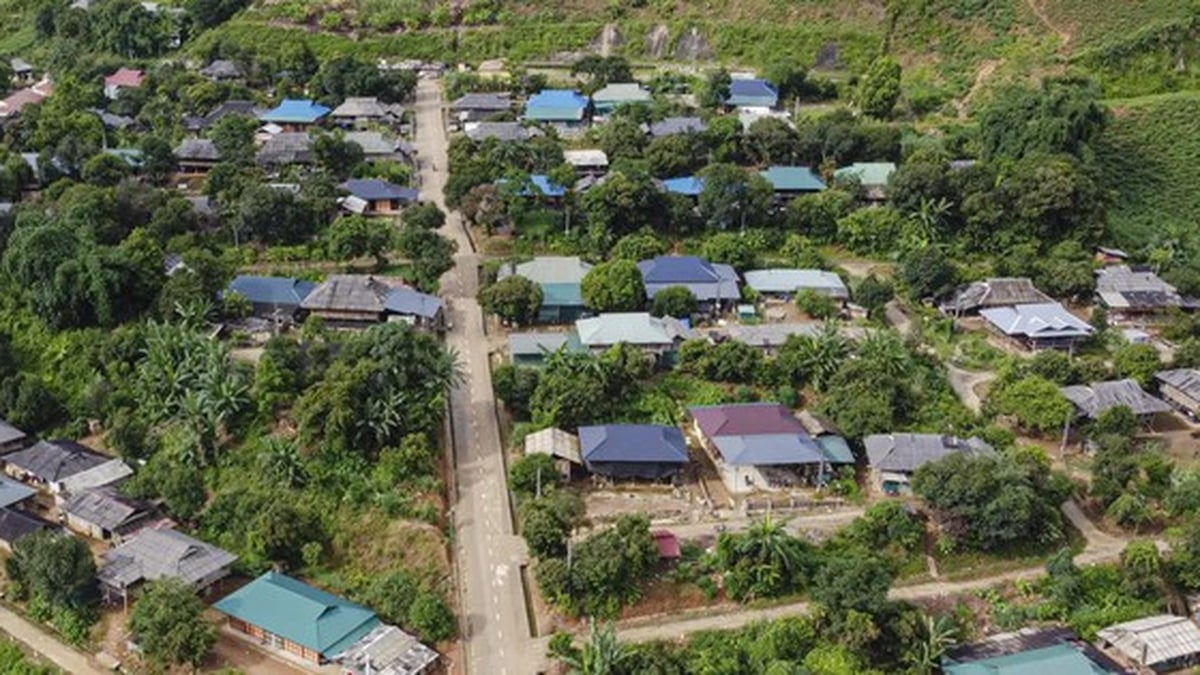














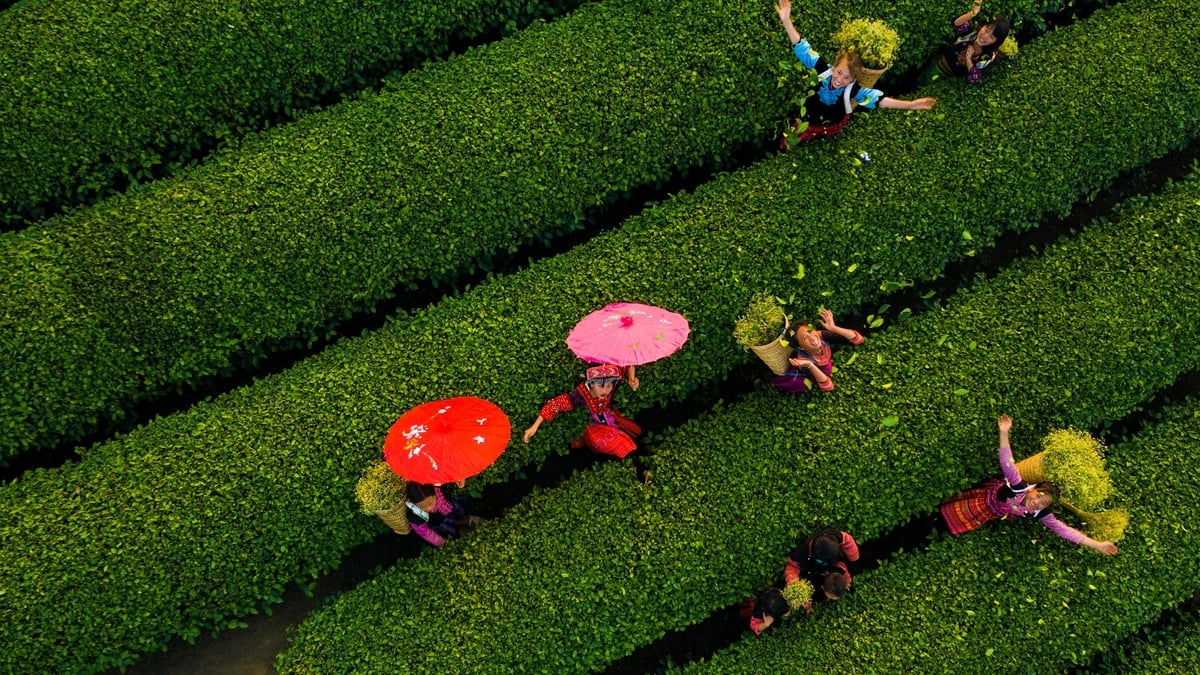
























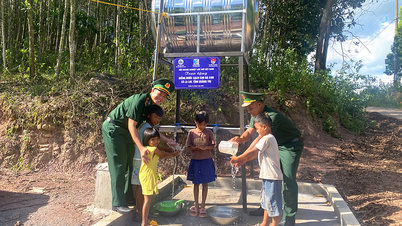











![[Maritime News] More than 80% of global container shipping capacity is in the hands of MSC and major shipping alliances](https://vphoto.vietnam.vn/thumb/402x226/vietnam/resource/IMAGE/2025/7/16/6b4d586c984b4cbf8c5680352b9eaeb0)




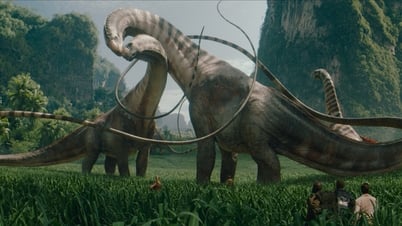






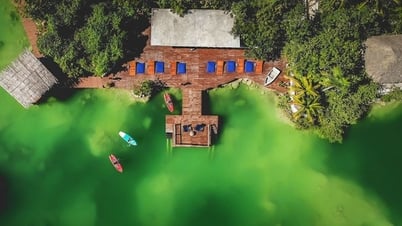
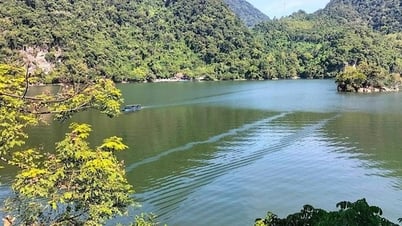

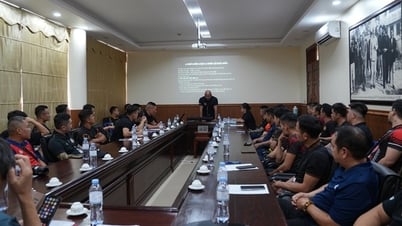





















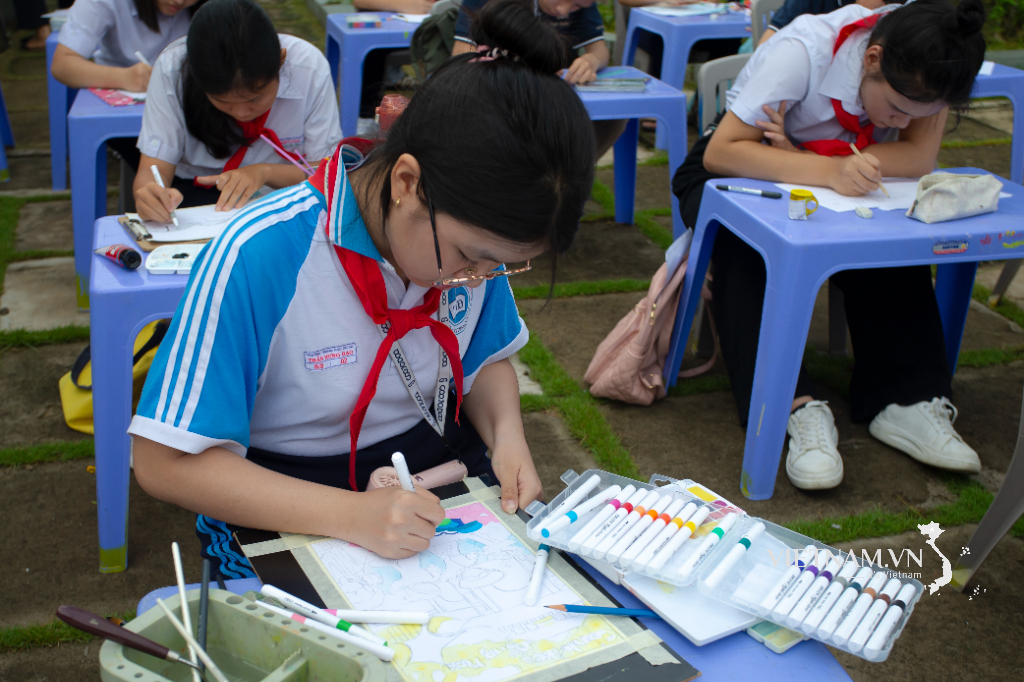

Comment (0)